How to choose 100% whole grains
Apr 18, 2010, Updated Feb 03, 2016
Manufacturers use lots of verbal sleight-of-hand to try to get you to think their food is healthier than their competitor’s. That’s nothing new, and they’re incredibly good at it. So arm yourself with this information next time you’re reading through the ingredients list at the store:
If it says “100% WHOLE GRAIN” on the front of the package you’re good to go.
If it says any of the following on the front, it’s most likely not 100% whole grain, and you should move on.
- “Flour”
- “Wheat Flour”
- “Enriched Wheat Flour”
- “Refined Flour”
- “White Flour”
- “Made with whole grain(s)”
- “Multigrain”
- “Stone-ground”
- “100% wheat”
- “Cracked wheat”
- “Seven-grain”
- “Bran”
Better yet, skip the marketing stuff on the front of the package, and go right to the ingredients list on the back. Look for “Whole Wheat” (or other whole grain) at the top the list… The keyword being, of course, “Whole.”
Beware of another common pitfall: In the ingredients they’ll list “Whole Wheat” first, and right behind it will be “Enriched Wheat Flour.” That second one is just another name for refined flour. Again, move on.
Have you seen other label trickery? Post in the comments!
More resources:
The USDA’s Tips to help you eat more whole grains
(though in my opinion they don’t go far enough).
The Whole Grain Council’s Guide to Identifying Whole Grains.
(it’s their label pictured above… which has several versions, so make sure you find the one that says 100%!)
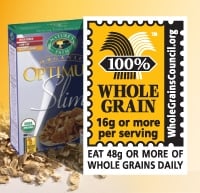

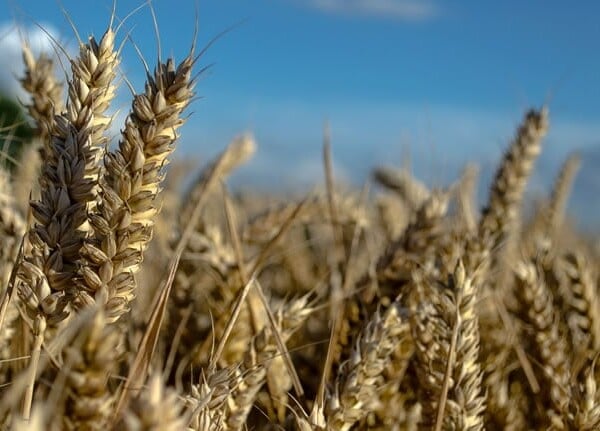
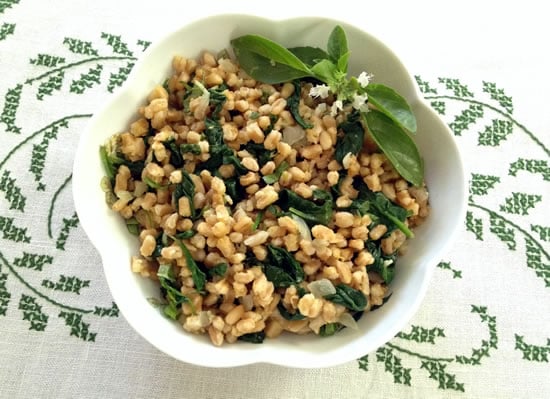

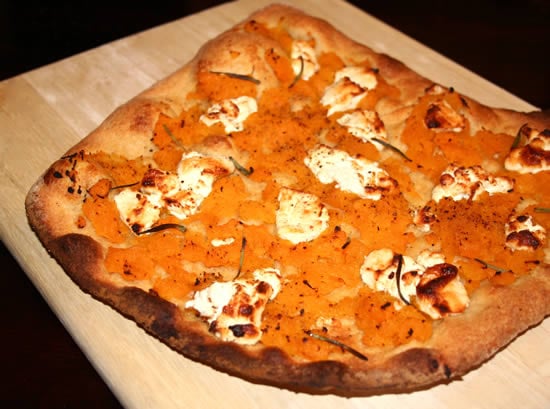





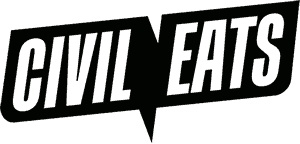









I just saw a bread that said it was made with 100% organic whole wheat flour. I looked at the ingredients list, and here is what is in it:
whole wheat((enriched (niacin, reduced iron, thiamine mononitrate, riboflavin, folic acid))(WHEAT), milk(milk, vitaminD3)(MILK), potato, honey, butter((pasteurized cream, natural flavorings(lactic acid, starter distillate, culturoma))(MILK), yeast, salt(magnesium carbonate)
I’m just confused that it says enriched whole wheat. Is that a bad thing? Is that something to avoid? Any guidance would be appreciated.
Thanks!
Hi Ayesha. Enriching isn’t necessarily a bad thing; they’re just taking the flour and adding vitamins and minerals to it. However, it’s unusual that they’re enriching whole wheat flour. We have enriched flours because the refining process strips the nutrients, so manufacturers are required (by law) to add some nutrients back in. It’s not usually done for whole grains. Odd!
Good tips Andrew! One piece of label trickery that really bugs me involves trans fat. Lots of items claim to be trans-fat free, but in fact list partially hydrogenated oils in the ingredients. But because they have less than 0.5 g of trans fat per serving, they can round down to zero. Jerks.
Do you have any good whole grain pastas to recommend? TJ’s has some, have you tried em?
The trans-fat loophole is definitely a big problem! I’ve already got that on my list for future posts — so expect to see some more info on that soon. 🙂
As for 100% whole wheat pastas, I’ve found that Whole Food’s 365 Everyday house brand is great, and (somewhat surprisingly), Target’s Archer Farms house brand makes a good one, too.
Trader Joe’s definitely has a bunch, but I can’t for the life of me remember if I liked them or not. Guess that means they were, umm, beige.